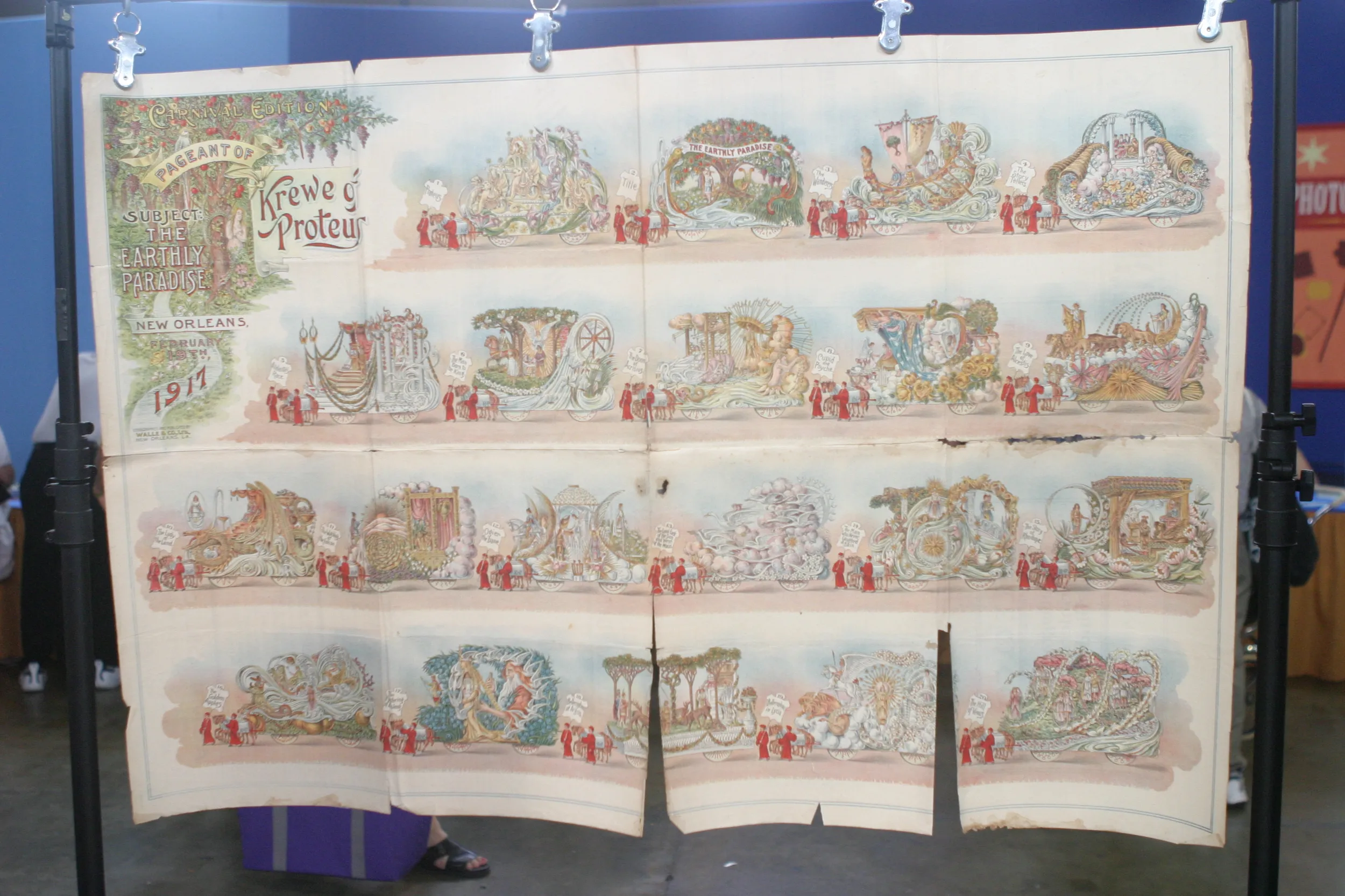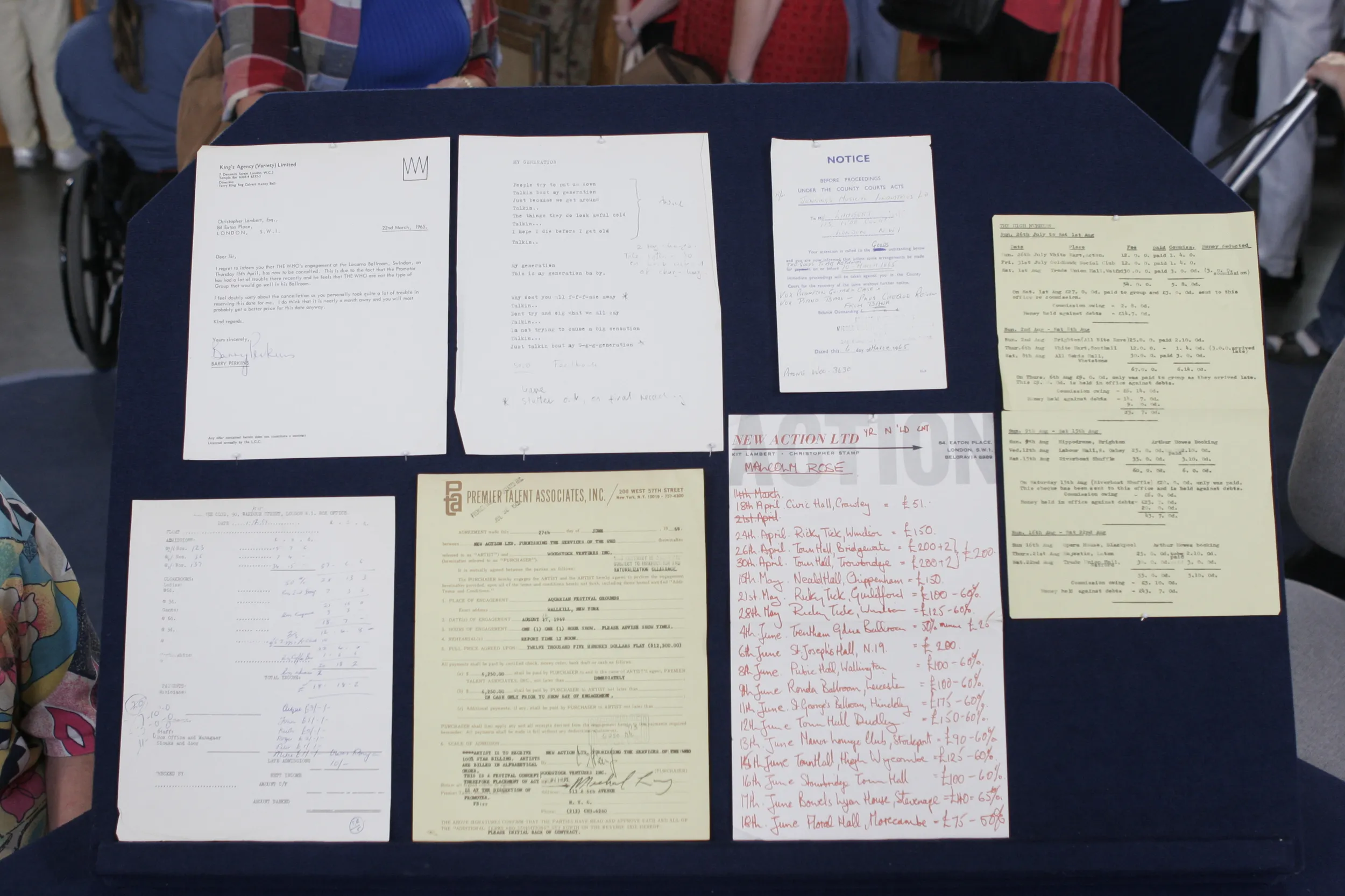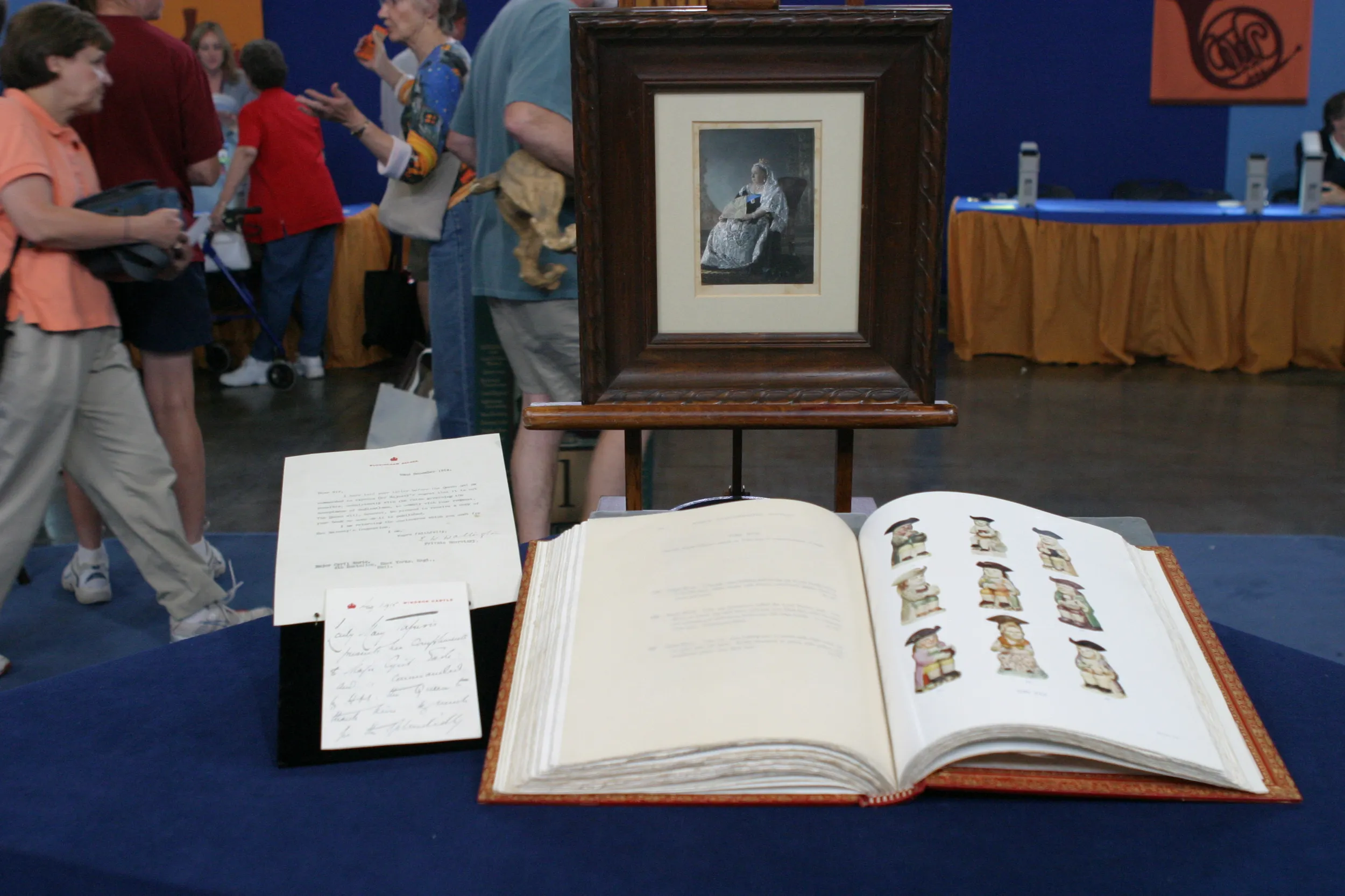GUEST: I had tickets to the Roadshow, and I had always been curious about this piece that I've owned for about 13 years. I got it from my mother, I had no idea what it was, but there is a signature on the bottom which I had looked at, but had no way of figuring out what it was. So this summer, I went to an exhibit of Whistler, saw the big "Whistler's Mother," but there were also etchings there, and one of the etchings had a signature that was similar to this one. And I also had thought that since it's cut out and there's just a signature, that it probably wasn't worth very much because it was cut. But that etching also looked like this.
APPRAISER: Well, that's an interesting point about Whistler and his etchings. And this is a wonderful example of James Abbott McNeill Whistler's work. His Venice set-- this is the first of two series he did of Venice-- are really some of his finest work. You really acquired a lovely print, and you said this was from your mother. You inherited it?
GUEST: I did. I believe it came from my grandparents because they had somewhat classical taste.
APPRAISER: In 1879, Whistler came to Venice and was inspired by the beautiful canals. He was commissioned by the Fine Art Society of London to do a set of these Venice prints, and this is from the first set. So you may have seen some of those in this museum exhibit that you visited. The wonderful thing about this print is that quintessential view of Venice-- the canal and the great Palazzio, the palace along the canal. So this etching is called "The Palaces." It was done in 1879. He was inspired by the great etchers: Rembrandt and the old masters. So etching was revived in the late 19th century by artists like Whistler, and it has all the delicacy, the fine lines of etching in the water. You can see the gentle lines through here, and the details in the architecture. He actually would trim these to look like old masters. You know, he was a dandy, a very stylish man, and he came up with his own symbol. He didn't just want to use his initials. So the butterfly appears in his paintings, and as well as in his prints. And then you noticed the little initials "I.M.P." He was the printer of this print, and Whistler created this Venice set because he needed the money. He was bankrupt. He had just lost his defamation suit against the art critic John Ruskin and he needed the money. And these prints sold for quite a lot of money in his time, and they sell for quite a bit today. At auction today, this could bring between $20,000 and $30,000.
GUEST: Oh, my God.
APPRAISER: Yeah, it's a wonderful example. That's a lot more than I thought.
GUEST: Oh my gosh.
APPRAISER: It's a great print.
GUEST: Oh, thank you, that is wonderful.











